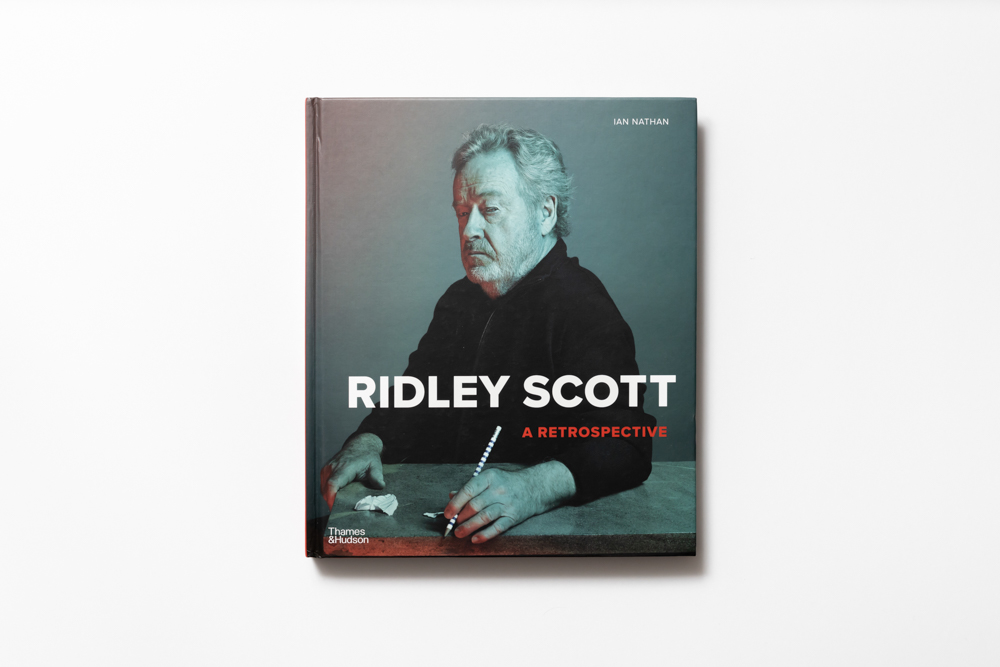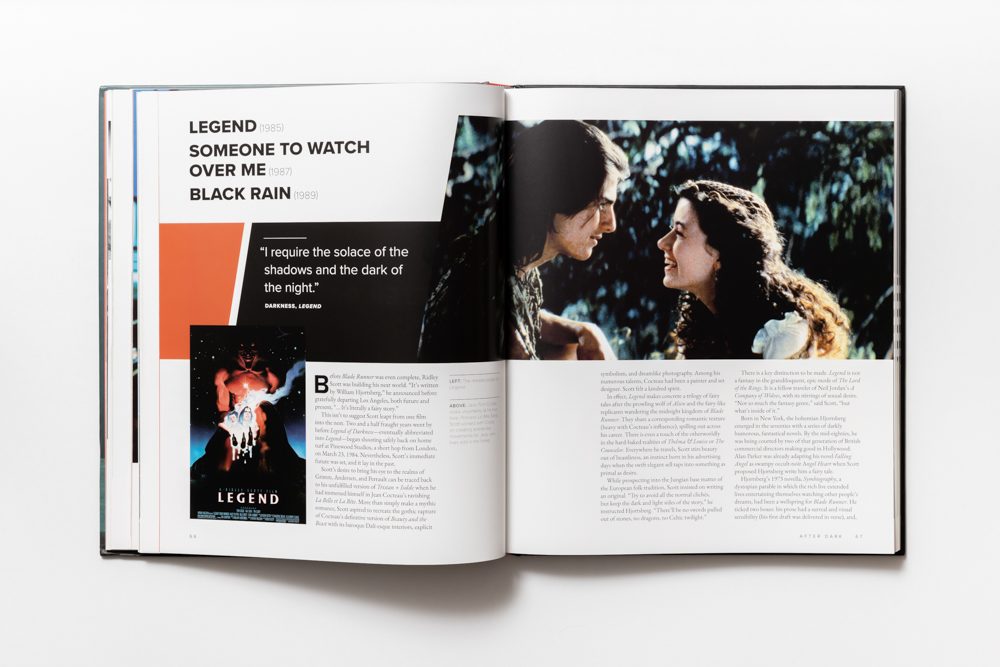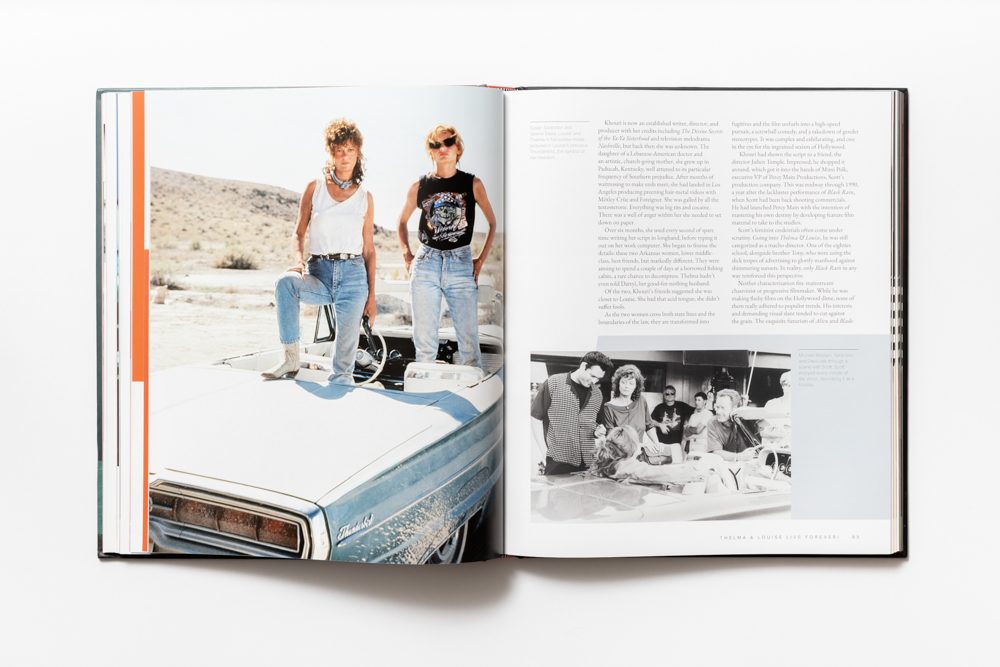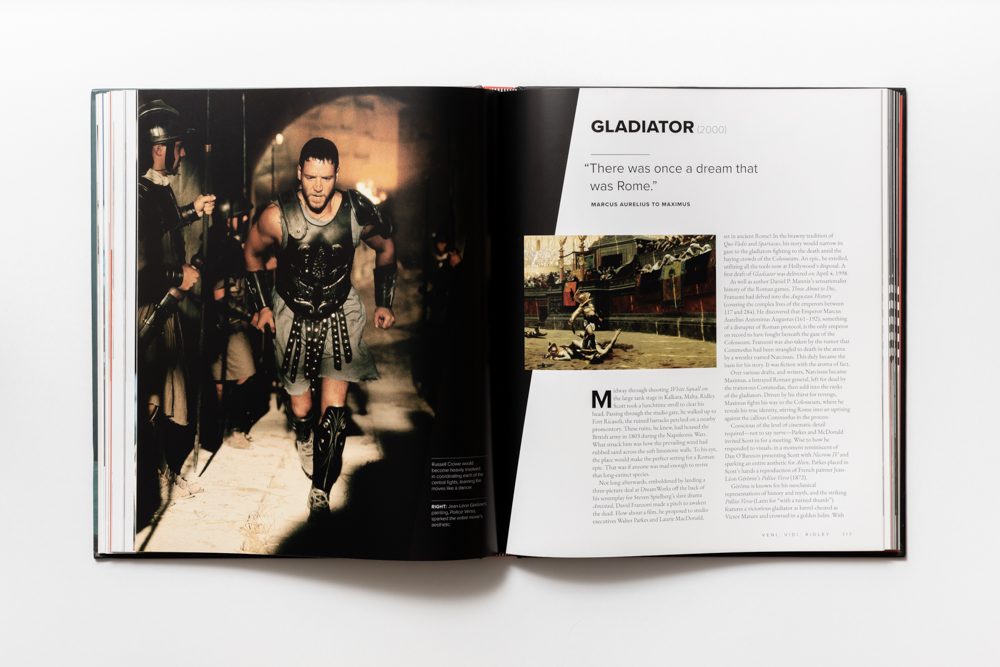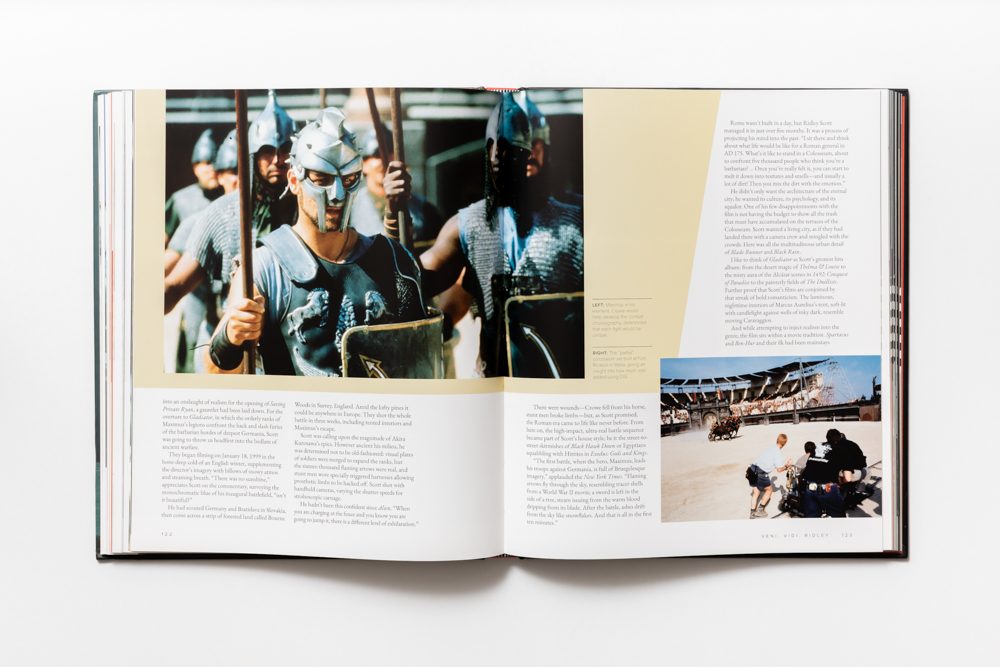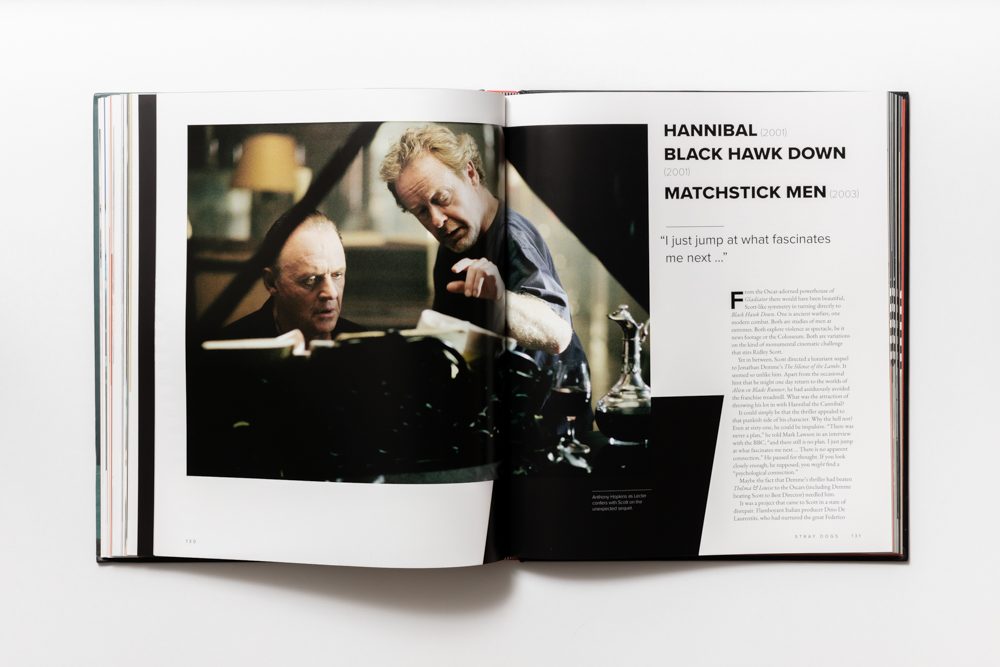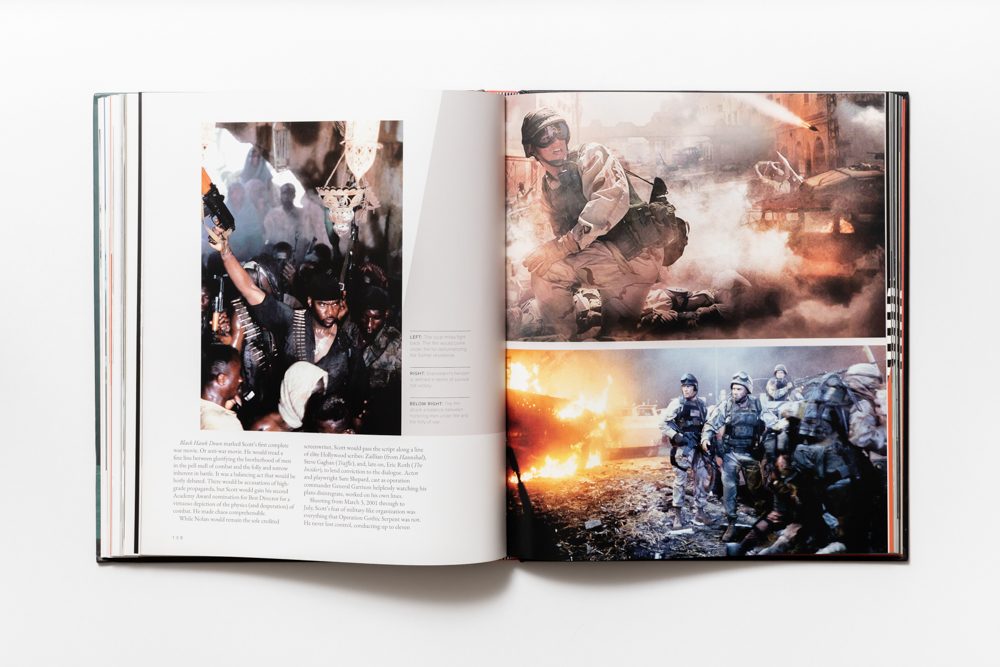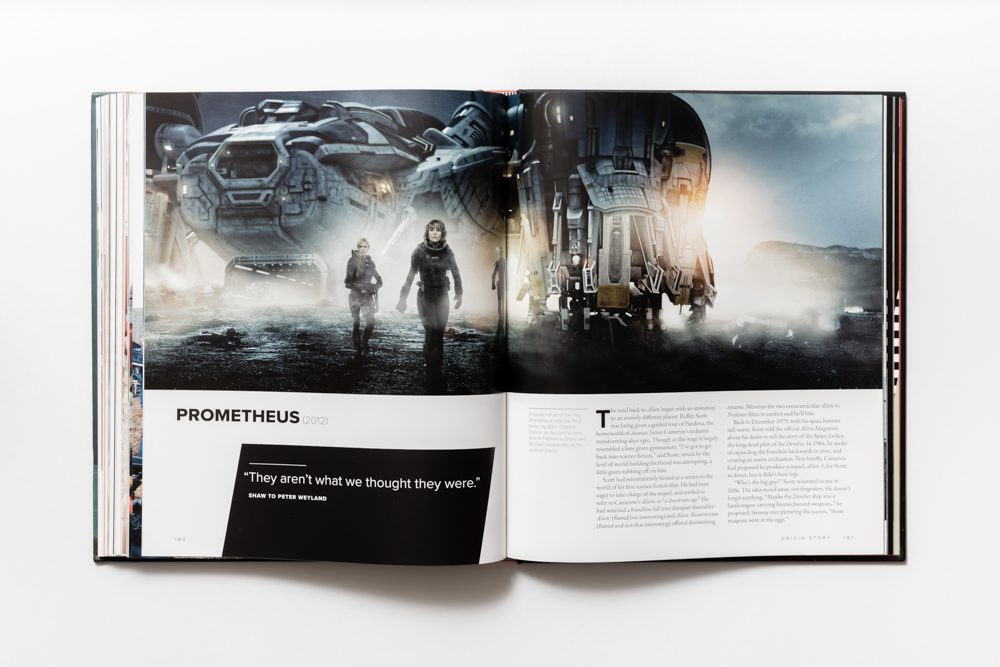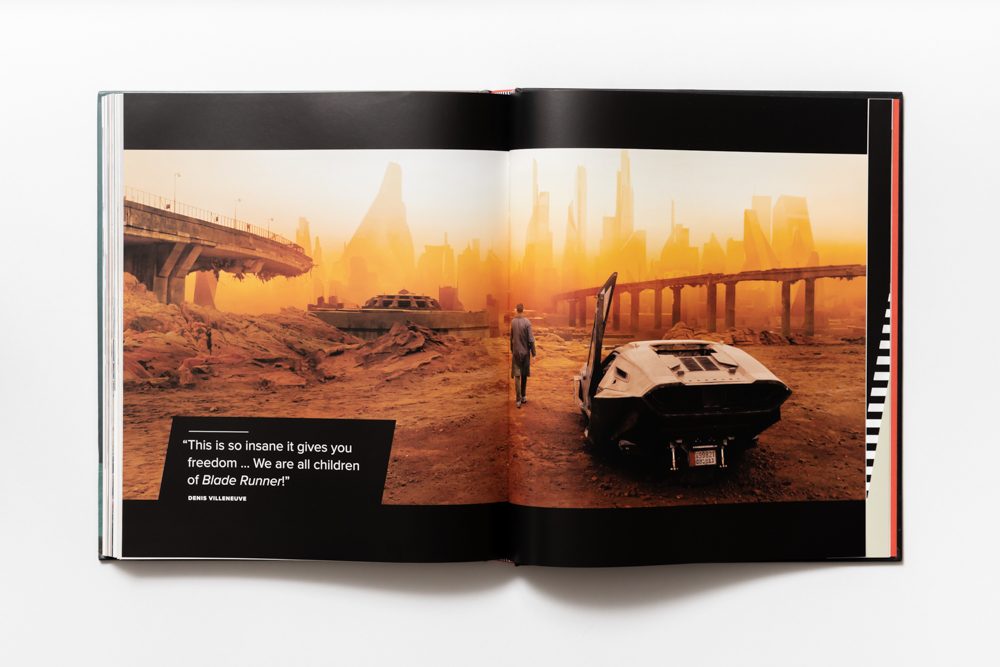FOLLOWS THROUGH THE CINEMATIC REPERTOIRE OF RIDLEY SCOTT, THE CELEBRATED DIRECTOR BEHIND ALIEN (1979)
TEXT: PRATARN TEERATADA
PHOTO: KETSIREE WONGWAN
(For Thai, press here)
Ridley Scott: A Retrospective
Ian Nathan
Thames & Hudson, 2020
24.4 x 2.2 x 29.9 cm
240 pages
ISBN 978-0-500-02382-2
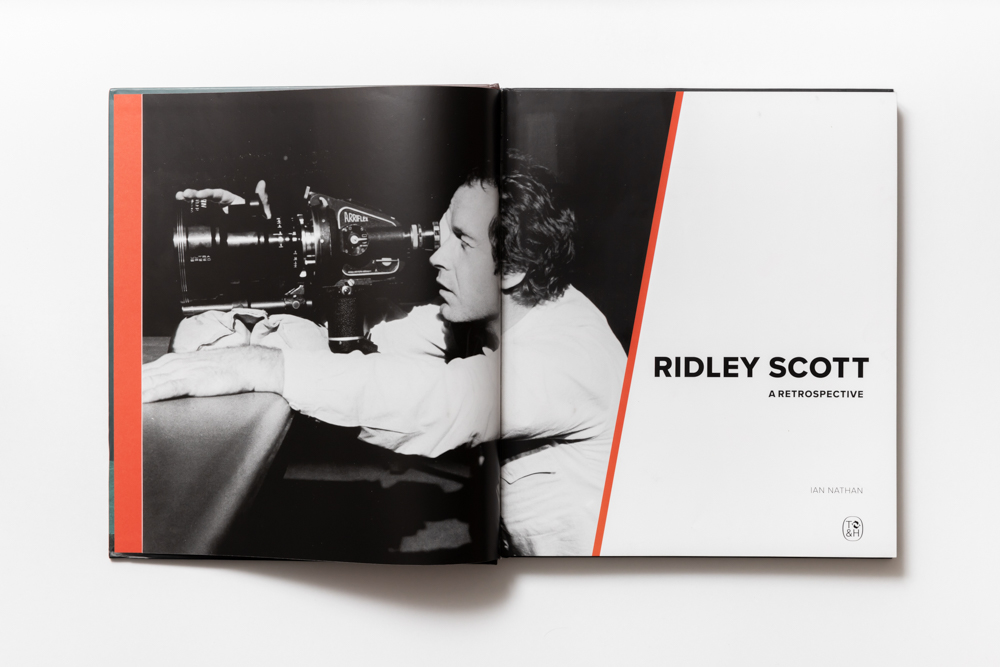
Of all the most globally acclaimed horror sci-fi movies, the Alien universe is known as one of the best film sagas of all time, and Ridley Scott is recognized as one of England’s most prominent directors of all time. A graduate from the Royal College of Art (RCA), Scott co-founded Ridley Scott Association (RSA) with his brother, Tony. Between the 60s and 70s, the firm worked primarily in advertising before Ridley directed The Duellist (1970) and became a world-famous director from his classic sci-fi thriller, Alien (1979). Following the film’s groundbreaking success is its evolution as the classic cinematic franchise with the Alien universe that has expanded to include Prometheus (2012) and Alien: Covenant (2017).
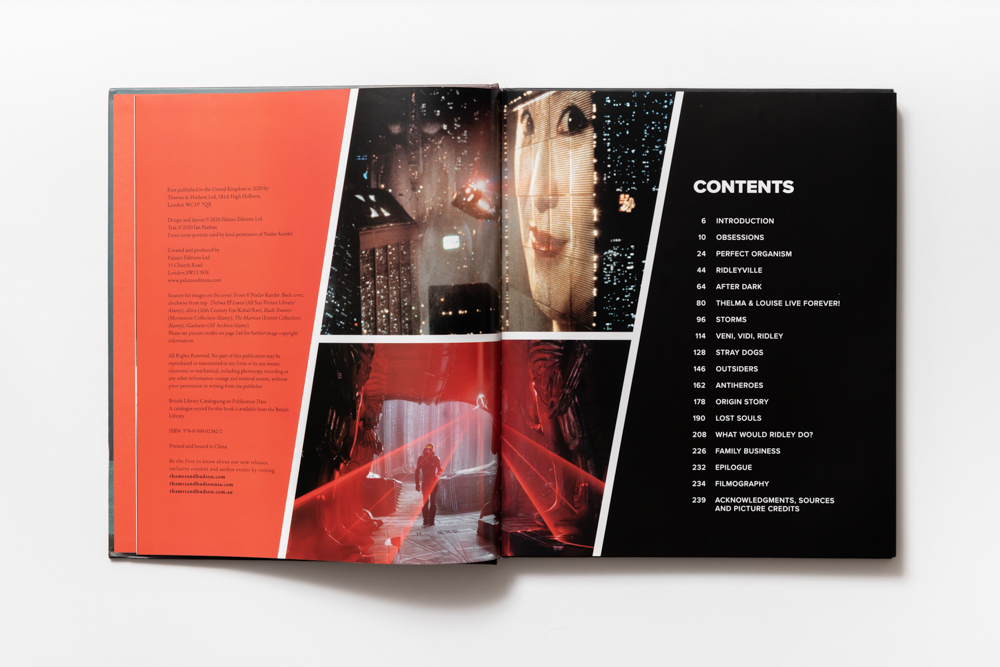


Ian Nathan had been following the behind-the-scenes updates and news of Ridley Scott’s film productions from Alien, Blade Runner, Gladiator, Black Hawk Down to Raise by Wolves, the drama the director recently directed for HBO. This book’s virtue lies in the massive collection of photographs of Scott’s film production; many of them are never-before-seen snaps. To call the book Ridley Scott’s filmmaking retrospective wouldn’t be an understatement. The publication collects bits and pieces of interviews and news of Scott’s cinematic repertoire throughout the four decades. They range from design, concept art and detailed production stories encompassing themes, motifs, the modus operandi and captures the craziness in the way the legendary director approaches the medium and creates his art, his tenacity to fight everything that comes his way for the sake of the visions he has for each of his films. It’s everything one can expect from one of the most legendary directors the world has ever seen. And as expected, behind the perseverance and commitment are Scott’s own geniuses and unfathomable talent and dream team crews.
The commonality between Ridley Scott and other world-class directors who are his contemporaries such as George Lucas, James Cameron and Stephen Spielberg, is the ability to be extreme in both the creative and business aspect. They are all excellent businessmen who can grasp the audience’s demands. One of Scott’s most innovative capabilities is how he plays with the obscured line between imagination and reality, taking viewers across what’s familiar into entirely different outer-worldly realms, realistic yet surreal surroundings and experiences. What he creates is not just an ambiance or scenario, but a time: an epoch with an entirely new religious belief and scientific rules. And while keeping his hands forever busy with high-budget, large production projects, Scott always finds time to direct relatively less costly music videos, whether for Roxy Music or Lady Gaga. Another critical element in Ridley Scott’s production are the teams he works with. Scott is known for his collaborations with the young blood, from fashion designers, graphic designers, artists, and musicians. The amalgamation of skills and creative ideas explains why his works are always fresh and often ahead of time.
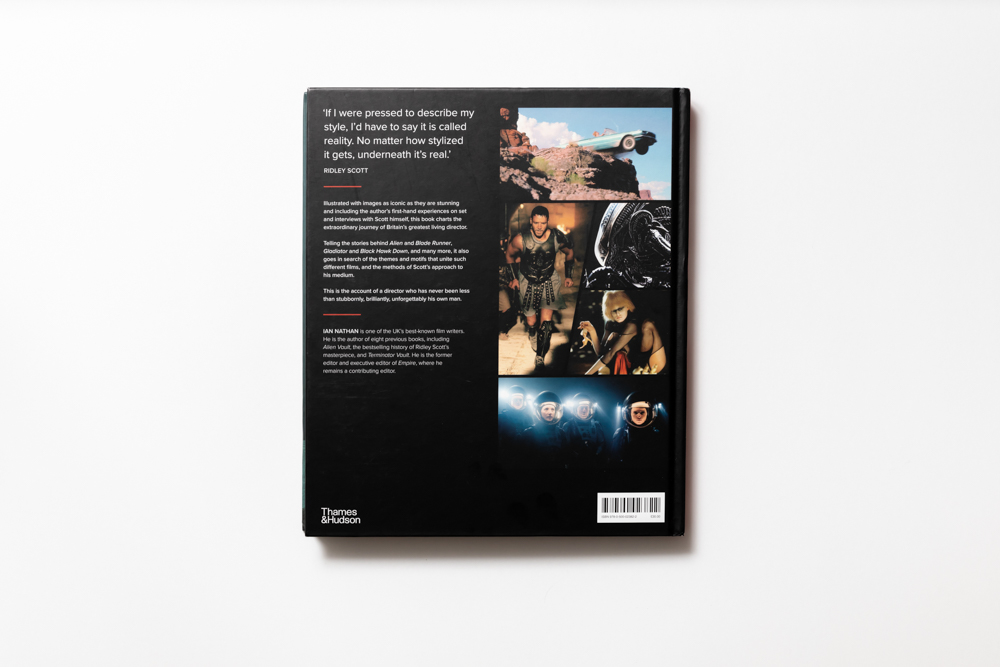
I find that the book depicts Ridley Scott’s three sides as a painter, designer and filmmaker. The three identities combine so well and create this incredibly and uniquely creative individual who has become a legendary figure that has inspired people in many generations to come. And while my favorite Ridley Scott’s movie is A Good Year (2006), which is probably the least complicated film he has ever made to date, after reading the book, I have this urge to revisit the entire Alien universe all over again, but this time with Ridley Scott: A Retrospective as my personal handbook. It has got to be quite an experience.

